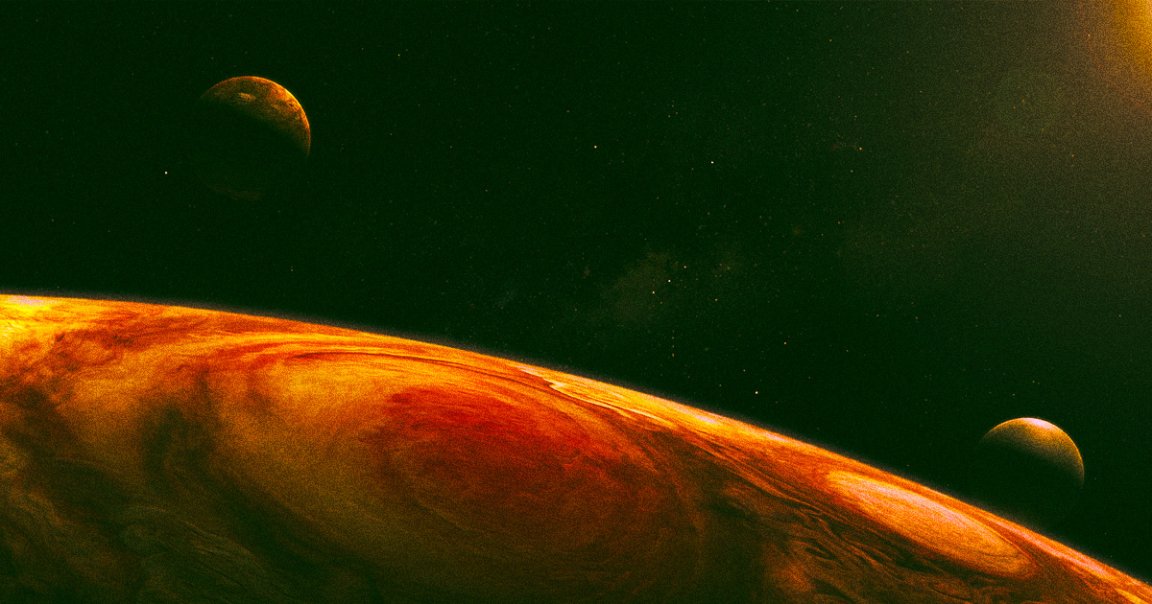
From the Shadows
Earth’s isn’t the only atmosphere capable of producing ethereal displays of diaphanous light in the sky like the Northern lights. Case in point, astronomers have observed the entrancing glows of auroras in wavelengths visible to human eyes on four of Jupiter’s largest moons, or Galilean moons: Io, Europa, Ganymede, and Callisto.
Although astronomers had known previously about the auroras on the Jovian satellites, the sunlight reflecting off their surfaces overpowered their comparatively faint glow. Now, in a new pair of studies published in The Planetary Science Journal, astronomers managed to avoid the Sun by using the looming shadow of Jupiter — though that feat is easier said than done.
“These observations are tricky because in Jupiter’s shadow the moons are nearly invisible,” said lead author of both studies Katherine de Kleer, a planetary scientist at the California Institute of Technology, in a press release. “The light emitted by their faint auroras is the only confirmation that we’ve even pointed the telescope at the right place.”
Auroral Moonlight
Like Earth’s, these moons’ auroras are primarily produced from energized oxygen, but are almost 15 times as bright, and colored by a deeper red because of the moons’ thinner atmospheres.
On Europa and Ganymede, these auroras also appear in the infrared spectrum, which the astronomers say is the first time such a phenomenon has been observed in an off-world atmosphere.
Meanwhile, on the volatile and volcanic Io, volcanic activity sends ashy plumes containing salts such as sodium chloride and potassium chloride into the moon’s atmosphere. When these salts are energized, they produce a more mellow, yellowy-orange glow rarely seen in auroras on Earth, but what you’d probably recognize as the hue from sodium-vapor streetlights.
Dry Spell
But the astronomers weren’t just observing these auroras for the sake of sightseeing. They were also looking for traces of water in the atmosphere, and though there were plenty of auroras to dazzle the eyes, there was little sign of water vapor — a significant detail, since the scientific community is currently split on whether several Galilean moons are harboring oceans of water beneath their frozen surfaces.
Overall, even though the presence of water remains undetermined, these recent studies have provided a rare and fascinating insight into the atmospheric compositions of these moons.
More on off-world observations: Astronomers Amazed By Tiny Object With Huge Planetary Ring